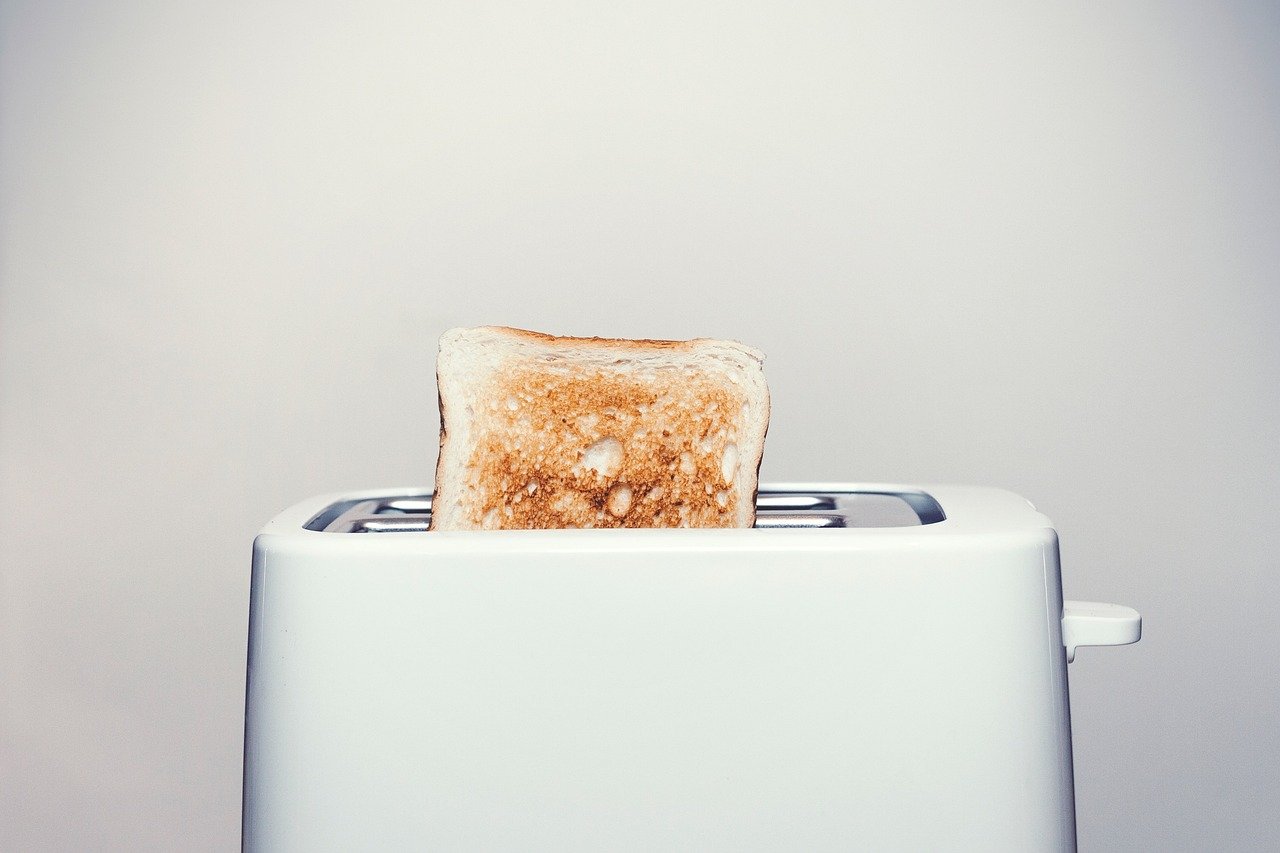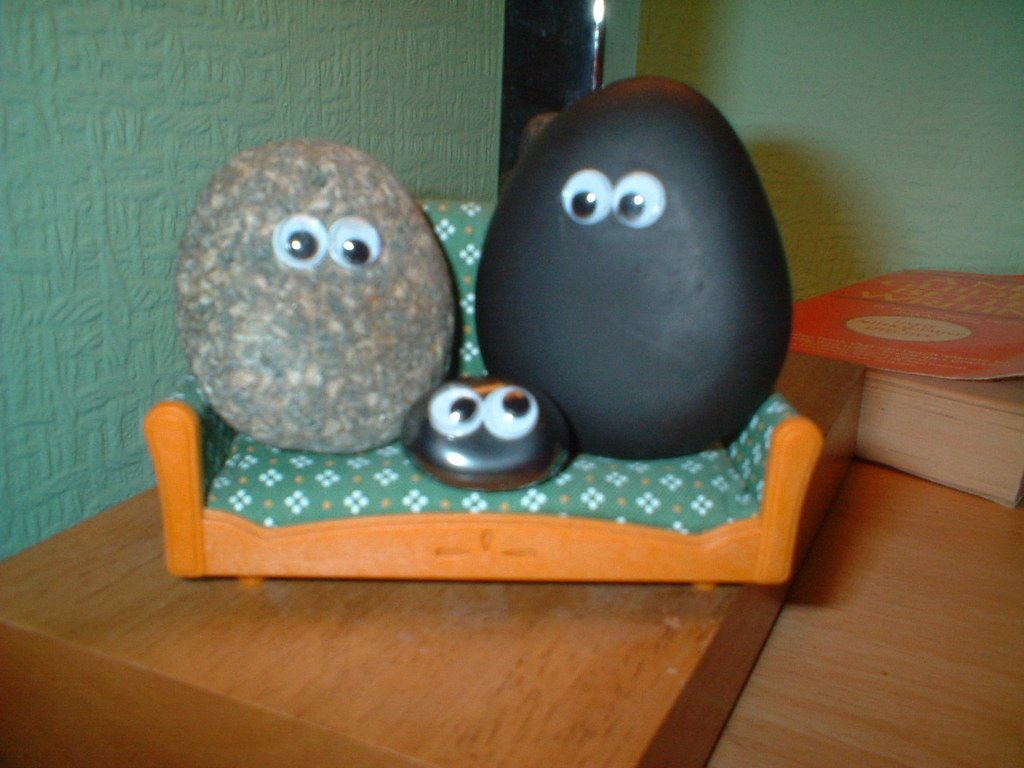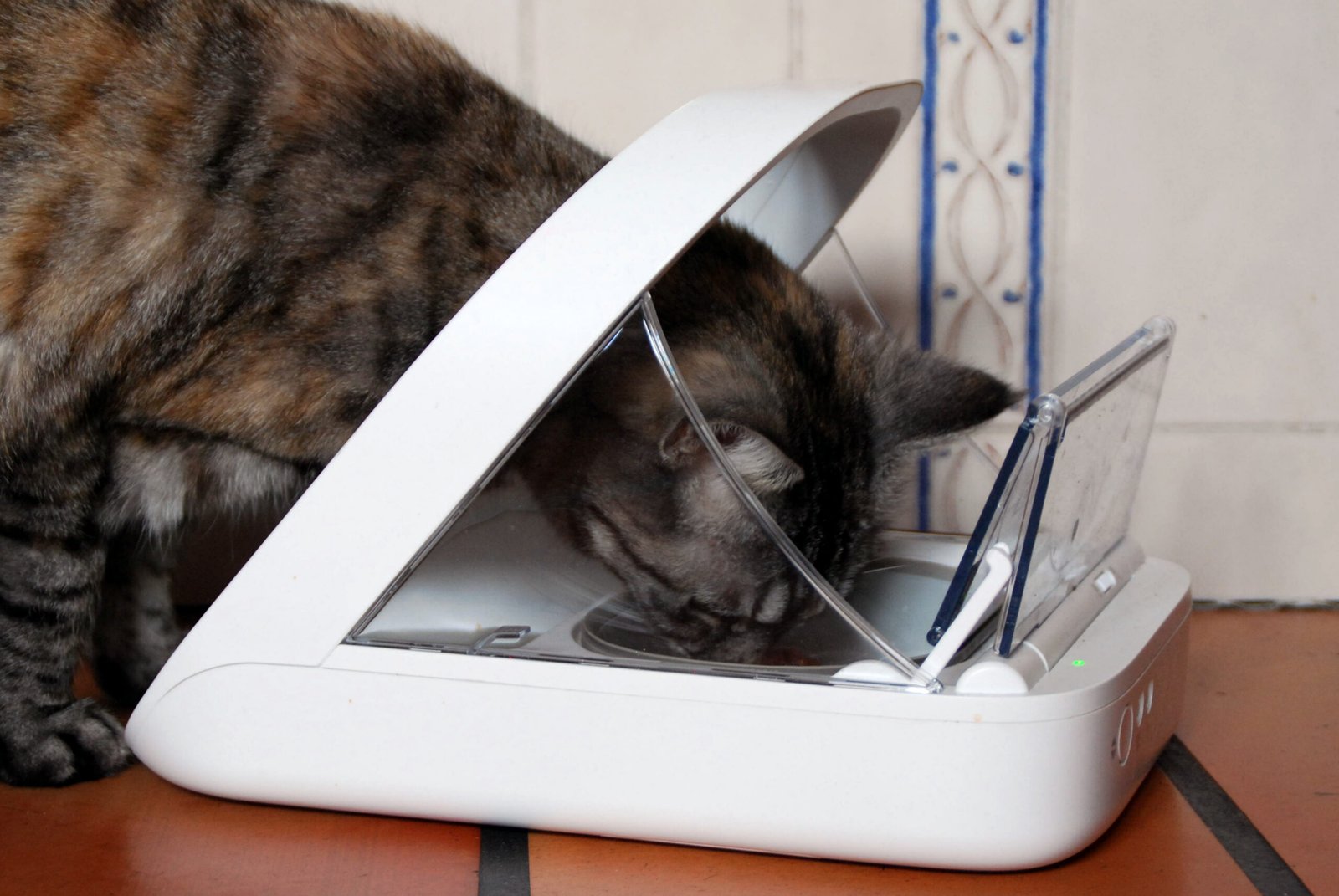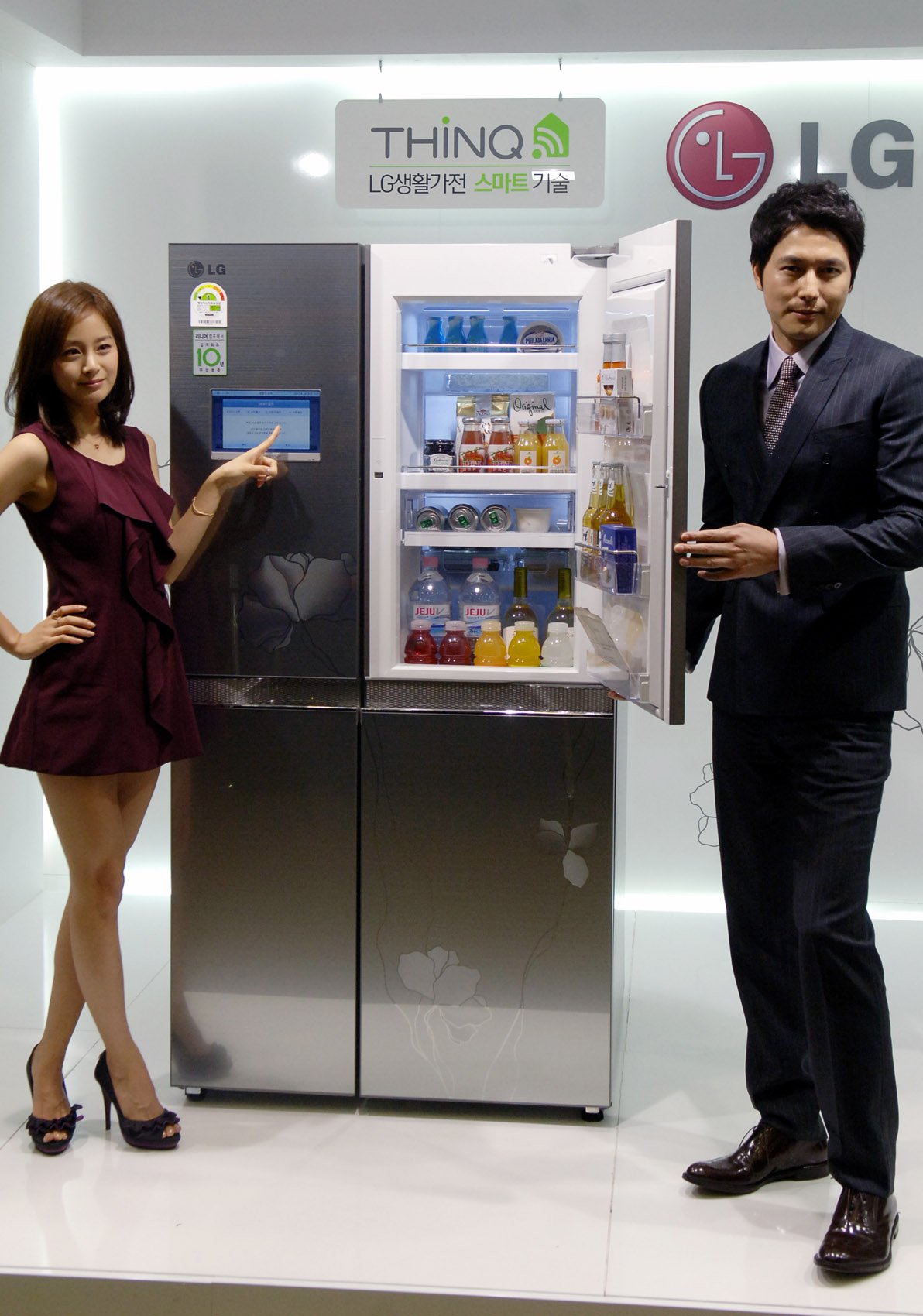Have you ever opened a drawer and found a gadget so pointless you wondered, “Why did I ever buy this?” You’re not alone. In a world obsessed with innovation, some inventions promise the future—and deliver only regret. From high-tech kitchen fails to digital duds, these are the top 10 gadgets that looked exciting on paper but ended up collecting dust, draining wallets, and teaching us the hard way that not every new idea belongs in our homes.
The Self-Stirring Mug: A Stirring Disappointment
At first, the self-stirring mug sounds like a tiny miracle for the lazy coffee lover. Just press a button and watch your drink swirl! But behind the novelty is a frustrating reality: the mug’s mixing power is notoriously weak, often leaving clumps of cocoa, sugar, or creamer floating around. The battery compartment is a hassle—most people find themselves changing tiny batteries more often than actually using the mug. Cleaning is another headache; drips and sticky residue gather in the mechanics, making it harder to wash than a regular cup. It’s the kind of gadget that makes you realize a spoon does the job better, faster, and without extra fuss. Many buyers admit they used it once or twice, then shoved it in the back of a cupboard. The self-stirring mug is proof that sometimes, the simplest solution is still the best.
The Banana Slicer: A Slice of Regret
The banana slicer promises “perfect, even slices every time,” but most people realize quickly that a plain old knife is all you ever needed. It’s oddly shaped, taking up valuable space in kitchen drawers already crowded with rarely-used tools. The cleaning is surprisingly fiddly, as banana bits get stuck in the crevices. Some users report it struggles with bananas that aren’t the exact right size or ripeness, turning a simple snack into a clumsy task. There’s nothing fun about a gadget that adds more steps than it saves. Parents who hoped to speed up snack prep often find themselves reaching for the knife instead. It’s a prime example of a solution in search of a problem—and one that ends up in the donation box.
The Electric Wine Opener: Overkill for Corks

Wine lovers everywhere have been tempted by the electric wine opener’s promise of effortless uncorking. But after the initial “wow” factor, the flaws start to show. These gadgets are bulky, requiring precious kitchen counter or drawer space, and many need regular charging or fresh batteries. If it malfunctions, you’re left struggling with a half-opened bottle, wishing you’d just used a classic corkscrew. Some models even shred corks, leaving bits floating in the wine. In a recent consumer survey, more than half of respondents said they preferred traditional openers for their reliability and simplicity. The electric wine opener often feels like using a chainsaw to cut bread—impressive, but totally unnecessary.
The Smart Toaster: Too Smart for Its Own Good

Smart toasters arrived with bold claims: app-controlled browning, personalized presets, even reminders to clean the crumb tray. But in practice, they’re a hot mess. The apps are often buggy, and the Wi-Fi connections can drop unexpectedly, leaving toast burnt or underdone. Extra features mean extra things that can break, and when the touchscreen malfunctions, you’re left with a very expensive paperweight. Most people just want crispy bread, not a tech headache first thing in the morning. Many buyers admit they went back to a basic toaster after a few frustrating weeks. The smart toaster is a classic case of innovation for innovation’s sake—not every kitchen ritual needs a software update.
The USB Pet Rock: A Digital Joke

On the list of gadgets that make you roll your eyes, the USB pet rock is king. It’s literally a rock glued to a USB plug—no memory, no lights, no function at all. Marketed as a quirky, tongue-in-cheek gift, it’s amusing for about 30 seconds. After that, it’s just another useless thing taking up space on your desk. Some buyers hoped for a hidden joke or digital Easter egg, only to find absolutely nothing happens when it’s plugged in. It’s a reminder that tech trends can go too far, morphing from clever novelty to pure clutter. Most USB pet rocks end up tossed in a drawer or the trash, making it a regrettable—and utterly pointless—purchase.
The Digital Measuring Cup: Confusion in Cooking
Digital measuring cups claim they’ll make your baking more precise, but real-world use often tells a different story. The digital display can be tricky to read, especially if your hands are sticky or wet. Many users report the cup itself is bulky and awkward to handle, and cleaning around the electronic components is a chore. Sometimes, the sensor gets confused by certain liquids, giving inconsistent readings that mess up recipes. Traditional measuring cups, by contrast, are cheap, reliable, and easy to clean. Instead of simplifying things, the digital version often adds confusion and frustration to the kitchen. For most home cooks, it’s a flashy gadget that just doesn’t measure up.
The Automatic Pet Feeder: Feeding Fiasco

Automatic pet feeders sound like a dream for busy owners: set the timer and never worry about mealtimes again. But for many, these gadgets create more anxiety than convenience. Mechanical errors can lead to missed meals or accidental overfeeding, and some pets learn to hack the feeder, breaking it open for extra snacks. There are stories of feeders jamming, spilling kibble all over the floor, or breaking down during vacations. The peace of mind promised by these devices often gets replaced by stress and constant double-checking. Many pet owners end up going back to manual feeding, realizing that a personal touch beats automation when it comes to furry friends.
The Wearable Sleep Monitor: Sleepless in Data
Wearable sleep monitors promise to unlock the secrets of your slumber, but the results are often disappointing. Many users complain that the data is inconsistent or doesn’t match how rested they actually feel. The sensation of wearing a device all night can be uncomfortable, making sleep even harder to come by. For some, obsessing over sleep stats leads to “orthosomnia”—anxiety about not sleeping enough, ironically making rest even more elusive. Studies show that while sleep trackers can highlight trends, they rarely help most people sleep better. Instead, users often abandon them after realizing that more data doesn’t always mean better sleep.
The Portable Blender: Blending Disappointment
The idea of making smoothies anywhere, anytime, is seductive. Portable blenders claim you can whip up fresh drinks at your desk, in your car, or even at the gym. But the reality is often a letdown. Many models lack the power to crush ice or blend tough fruits, leaving you with lumpy, unsatisfying results. The small capacity means you’re making tiny portions, and cleaning the narrow container is a pain—especially on the go. Battery life can be short, requiring frequent recharges. For most people, these blenders are a novelty that quickly loses its appeal, replaced by the trusty countertop blender at home.
The Smart Refrigerator: A Pricey Fridge Fiasco

Smart refrigerators aim to bring the future into your kitchen with touchscreens, cameras, and Wi-Fi connectivity. But once the novelty fades, many users are left frustrated by constant software glitches, security updates, and features that rarely get used. The high price tag is hard to justify when a basic fridge keeps food just as cold—and with fewer things that can break. Some owners report that smart fridges become outdated in just a few years, leaving them stuck with a fancy appliance that’s less reliable than the old model. In most homes, the smart fridge is a high-tech headache that proves more isn’t always better.

